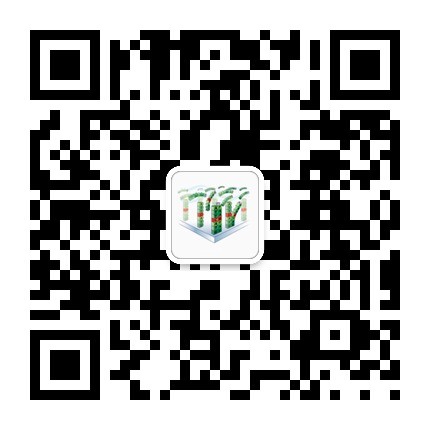文献库 文献相关信息
- 题目:
- Comparison of monocytes and B cells for activation of human T helper cell subsets.
- 作者:
- Beck(L),Roth(R),Spiegelberg(H L)
- 状态:
- 发布时间1996-04-30 , 更新时间 2012-11-15
- 期刊:
- Clin Immunol Immunopathol
- 摘要:
- Human rye grass allergen Lol p I-specific T helper cell clones of Thp, Th0, Th1 and Th2 subtype were activated with Lol p I and monocytes or B cells as antigen-presenting cells, and cell proliferation, interleukin (IL)-2, interferon-gamma, and IL-4 secretion were measured. Monocytes induced activation of T cell clones of all four T helper cell subsets and were usually more potent antigen-presenting cells than B cells. B cells and monocytes similarly induced proliferation and IL-4 secretion by Th2 clones, whereas B cells, in contrast to monocytes, only weakly activated Th1 clones. However, exceptions to this rule existed within each T helper cell subset suggesting that individual T cell clones, regardless of the subset to which they belong, may have quantitatively and/or qualitatively different requirements for secondary activation signals which are provided by the antigen-presenting cells. The data demonstrate that, in general, monocytes are more effective than B cells in activating human T cell clones of all subtypes and that B cells were efficient antigen-presenting cells only for Th2 cells. However, individual T cell clones of any given T helper cell subset vary with respect to their activation by monocytes or B cells.
- 语言:
- eng
- DOI:
DataTable pData
联系方式
山东省济南市章丘区文博路2号 齐鲁师范学院 genelibs生信实验室
山东省济南市高新区舜华路750号大学科技园北区F座4单元2楼
电话: 0531-88819269
E-mail: product@genelibs.com
微信公众号
关注微信订阅号,实时查看信息,关注医学生物学动态。


